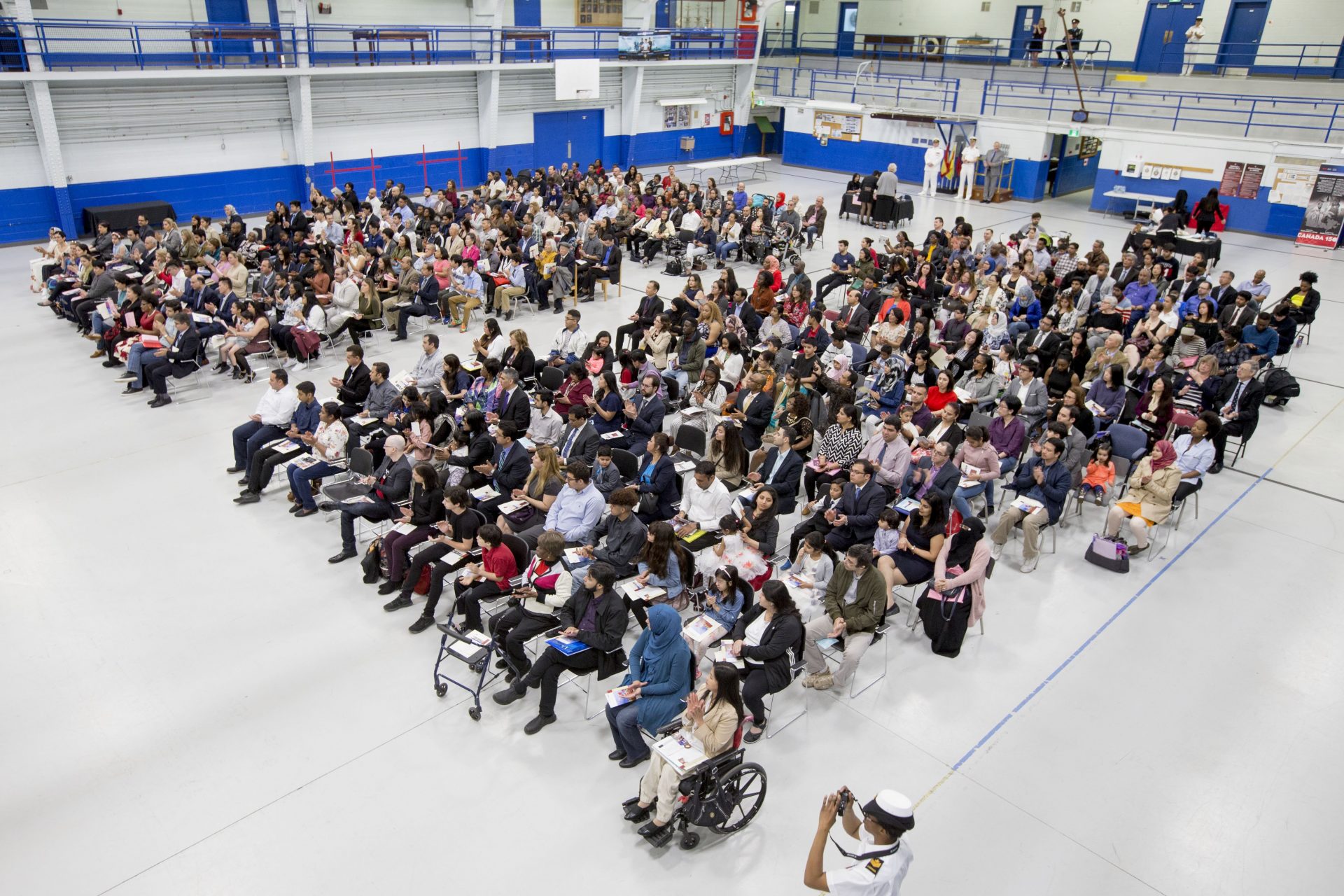Life is so expensive in Canada people don't want to have kids
Canada is facing a host of problems that are affecting the country’s social and political systems. However, few are more pressing than Canada’s high cost of living, and a new report from the federal government shows the issue is impacting youth fertility rates.
Fertility rates in Canada are dropping across every age group according to a report from Statistics Canada. It’s a trend the country has been experiencing for decades and it will come as no surprise that concerns about affordability are at the root of the problem.
"Affordability concerns and lack of access to suitable housing were more recently cited as factors influencing the fertility intentions of Canadians,” the report released by Stats Canada on September 20th read, “in particular among those aged 20 to 29.”
In 2022, nearly one-third of young adults (30%) in the twenty to twenty-nine age group said that they did not think they could afford to have children within the next three years. But that wasn’t the only major problem this age group faced when considering children.
More adults in their twenties believed financial capacity and adequate housing would be a barrier to their having children compared to adults who were aged 30 to 49 according to the Statistics Canada report. This was a situation the report found quite worrying.
Affordability concerns for the country’s youngest adults was influencing their choices on where to live and whether or not to have children, choices that Statistics Canada stated would “influence Canada's long-term demographic and geographic composition.
Researchers have long understood that the future growth of a country is dependent on its ability to replace its population. The required replacement fertility rate for developed countries like Canada is 2.1 births per female based on current scientific understanding.
However, Canada hasn’t had a fertility replacement rate of 2.1 births per female since 1972 according to Macrotrends. The country has been sitting around somewhere in the 1.6 to 1.4 range for the last four decades. This is a very worrying trend for the country.
Photo Credit: Unsplash by Nathan Dumlao
“Lowering fertility rates have been on StatCan's radar for years, with the noticeable trend starting around 2009. In 2020, the country's fertility rate dropped from 1.47 children per woman to 1.40 children per woman,” wrote CTV News’ Natasha O’Neill.
Photo Credit: Unsplash by freestocks
Younger adults cannot be blamed for their concerns about the country’s affordability crisis. In August, The Canadian Real Estate Association noted in its monthly report on home prices that the average cost of a house in Canada rose to $650,140.
Rent in the country is no cheaper and Rentals.ca reported in its monthly report on the costs of rent in the country that the average amount now needed to rent a two-bedroom apartment in Canada reached another all-time high at $2117 in August.
Average asking rents increased 1.8% monthly and saw a 9.6% annual increase, a number that isn’t sustainable for those who can’t afford a home but still want to have a child in their younger adult years—especially since they are more likely to rent.
Statistics Canada noted in its report that youths are far more likely to rent according to data from the 2021 census, which showed 63% of those between the ages of 15 to 29 rented their household compared to the national average of 33%.
“This can leave this group more vulnerable to abrupt changes in the housing and rental markets,” Statistics Canada noted. Such vulnerabilities and abrupt changes can also make it very difficult to choose to have a child.
Photo Credit: Unsplash by HiveBoxx
The affordability crisis is doing more than just putting off children for younger adults. It’s also making the country’s younger population far less hopeful about their future than other age groups in Canada according to the Statistics Canada report.
Hopefulness declined 15 points from 2016 to 2021/ 2022 and life satisfaction took a steep dive between the fourth quarter of 2021 to 2022, dropping from 48% to 40% as a result of the affordability issues facing the age group.
“In addition to well-being decreasing over time, youth are also tracking poorly on quality-of-life indicators compared with other age cohorts,” the Statistics Canada report read, which should be a wakeup call to politicians and citizens alike.
More for you
Top Stories






























